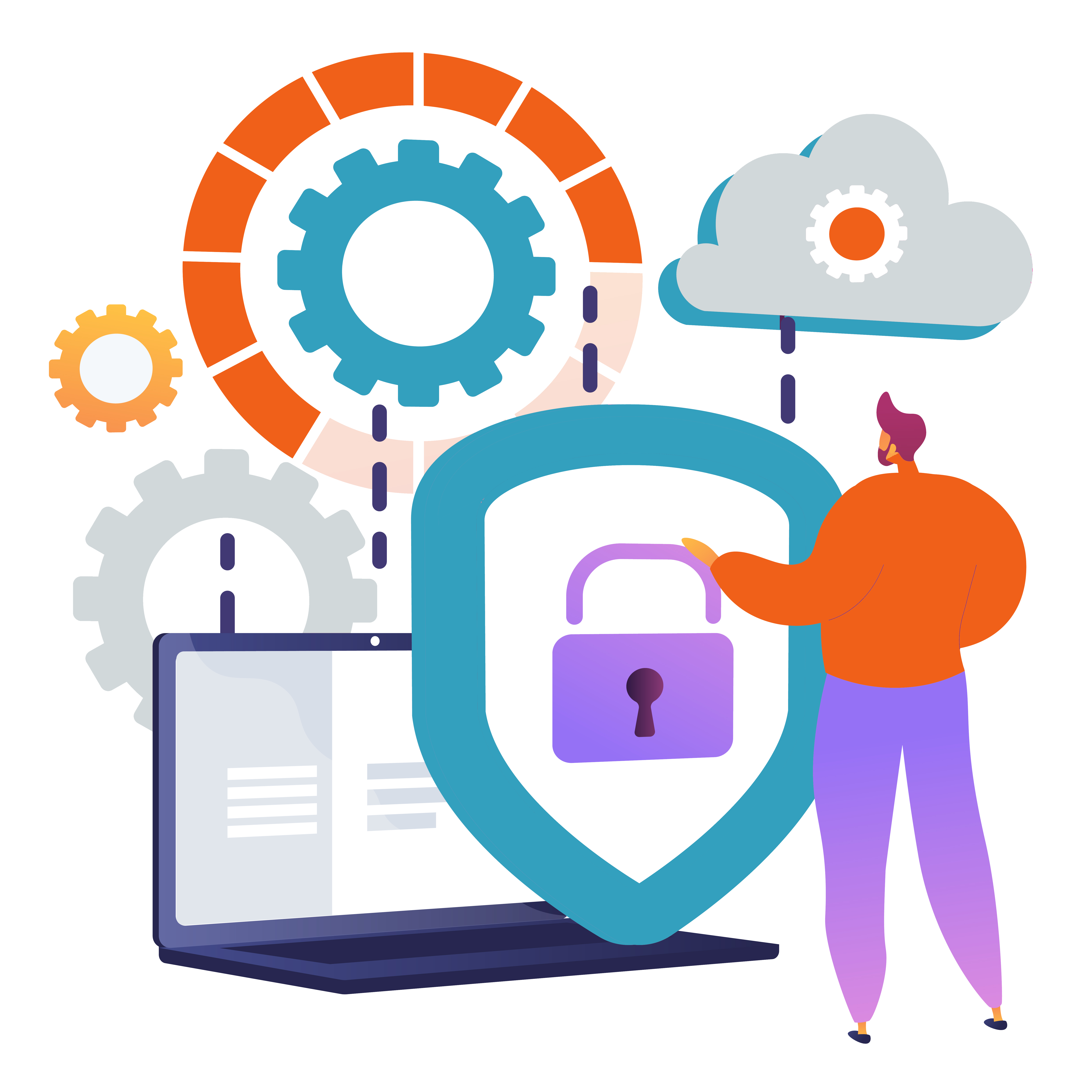
Unified CEM: what continuity and resilience managers should know.
In recent times, critical events have grown in the frequency of occurring, cost, and severity. The pandemic had mostly gone but created a big knock-on supply chain crisis. Meanwhile, natural disasters grow more numerous and more expensive by the year.
Need behind Critical Event Management Platform
A confluence of forces, including the pandemic, related disturbances, escalating climate disasters affecting economic infrastructure, cybersecurity events, and digital disruptions, is creating the need for Unified critical event management solutions. Critical event management platforms are software and related products designed to manage an institution’s preparation, response, and recovery relating to critical events that impact continuity, operations, brand and safety. Besides multi-dimensional events or “all hazards,” these platforms also address small and large-impact events alike. The rationale: many organizations prefer using the same platforms to manage more routine, smaller events, as those they use for larger-impact events.
Critical event management platforms are software and related products designed to manage an institution’s preparation, response, and recovery relating to critical events that impact continuity, operations, brand and safety. Besides multi-dimensional events or “all hazards,” these platforms also address small and large-impact events alike. The rationale: many organizations prefer using the same platforms to manage more routine, smaller events, as those they use for larger-impact events.
Core components of Unified critical event management Platforms
And a growing technology market addresses this use case. According to an independent research advisory firm, the market comprises “Platform and related products designed to enable organization-wide, cross-functional response to critical events, using a combination of proactive risk intelligence, incident management (both digital and non-digital), emergency communications, Crisis Management and mostly Data driven analytics.”
This comes from a convergence of technology and vendor markets, including communications, incident response, and crisis management. Relatively new developments in Unified critical event management aren’t happening in a silo, either. Technology trends are entering critical event and emergency management from the larger world of digital innovation like AI, Big data, Cloud and Microservices. Interfaces and experiences, business enablers, and productivity revolution are some of the overarching themes that have emerged in technology today. Each has made a significant impact on Unified critical event management.As a result, technology customers are turning their backs on single-use, or point, solutions, whether for communications, collaboration, or information capture.
Relatively new developments in Unified critical event management aren’t happening in a silo, either. Technology trends are entering critical event and emergency management from the larger world of digital innovation like AI, Big data, Cloud and Microservices. Interfaces and experiences, business enablers, and productivity revolution are some of the overarching themes that have emerged in technology today. Each has made a significant impact on Unified critical event management.As a result, technology customers are turning their backs on single-use, or point, solutions, whether for communications, collaboration, or information capture.
They find it difficult to get business cases approved for such solutions. Instead, customers have been looking for end to end platforms with multiple use case solutions to ensure continuous improvement. We recommend the following:
Crisis management:
Advanced solutions apply best practices to plan for, respond to, and manage critical events and exercises. Built on international standards, such as ISO 22398, the solutions enable faster response, better collaboration using plans and playbooks, smart workflows, and real-time dashboards and insights, ensuring better incident response, decision-making, and continuous improvement.
Crisis communications:
These single systems help organizations manage complex communications, centralizing, approving, and standardizing their crisis response. these solutions provide effective communication pathways for all aspects of incident management.
Incident response plans and checklists:
Best-practice libraries include do organizations can easily create crisis strategies and action plans for different types of events that define the required strategy, action items, completion time targets, and people involved.
Emergency management:
These tools provided all that is needed to manage any incident effectively through the entire lifecycle of mitigation, preparedness, response, and recovery, following ISO, ICS, and other national standards. They keep your whole team following the same plans, communicating on the same platform, and viewing the same operating picture - from any place or device.
Critical infrastructure protection:
 Innovative solutions keep up with the escalating risk to key assets, assessing those risks in advance and monitoring critical facilities throughout the emergency response process.
Innovative solutions keep up with the escalating risk to key assets, assessing those risks in advance and monitoring critical facilities throughout the emergency response process.
Welfare checks:
The solutions enable organizations to send welfare check messages to their event response staff or any other type of contact. Organizations can easily collect their replies to identify who needs assistance and prioritize follow-up actions.
Incident and resource mapping:
Comes equipped with powerful mapping tools to create multilayer maps, integrating both external feeds and any information housed within the platform.
IT Event Response:
Comes equipped with powerful machine learning, event orchestration, and Incident response automation to empower IT teams with sophisticated automation capabilities that quickly and accurately orchestrate the right response, every time.
CEM Platforms, such as Zapoj, can provide all the products needed to manage any critical event effectively through the entire lifecycle of mitigation, preparedness, response, and recovery, following ISO, ICS, and other national standards.
Are youprepared to handle critical events? Signup for free
If you intersted to follow our blogs : Subscribe
